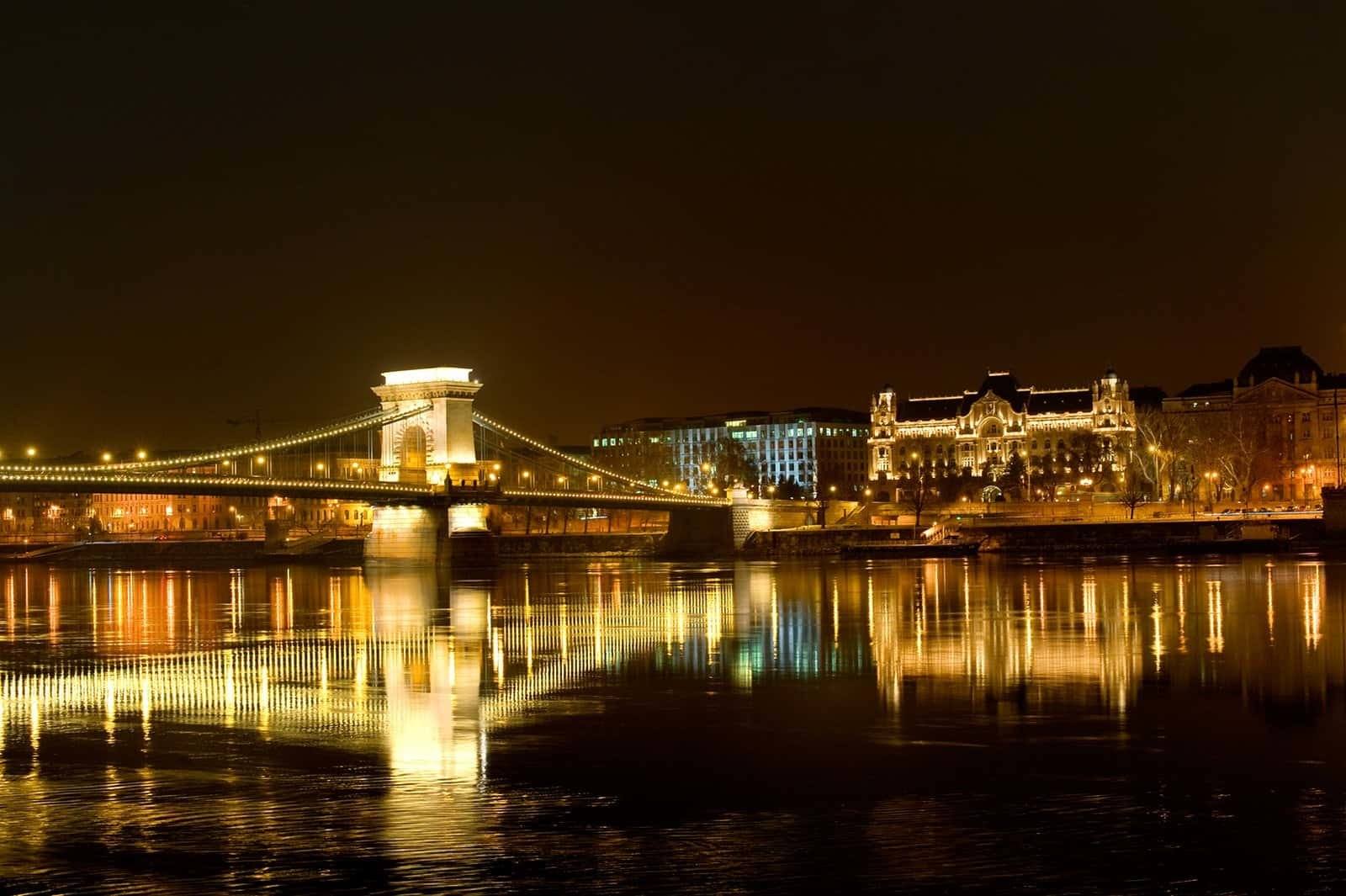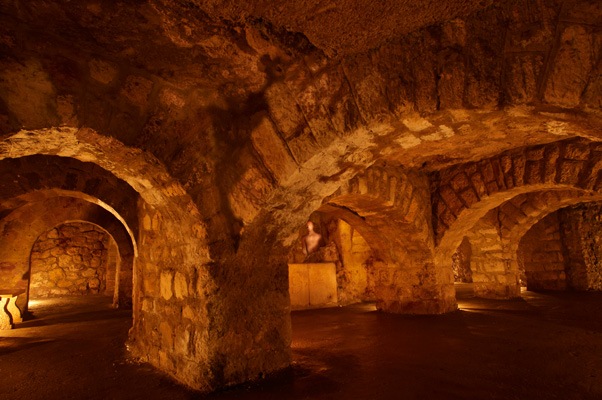 Few tourists who visit the Hungarian capital know it, it is possible to explore part of the gigantic network of submerged underground galleries that stretches for miles, 30 meters underground.
Few tourists who visit the Hungarian capital know it, it is possible to explore part of the gigantic network of submerged underground galleries that stretches for miles, 30 meters underground.
MORE THAN 32 KM OF GALLERIES
 THE MAJORITY OF GALLERIES ARE NOW FLOODED
THE MAJORITY OF GALLERIES ARE NOW FLOODED
When the main quarry shafts and chambers were flooded in the mid-1990s, local authorities sent a small group of divers to clean the submerged galleries, and they quickly realized that some rooms in the quarry were perfect for recreational diving.
There are four dive sites in the abandoned quarries of Kobanya. Park Kut is the only one open to divers with basic certification, as some of its rooms are not fully submerged and offer more safety in case of problems. The other three sites are closed to the public and only accessible to professional divers.
Limestone mining was stopped in Budapest in 1890. Winegrowers and brewers then used the galleries for the storage or fermentation of their beverages, and it is estimated that all the chambers now used for diving were dug by the latter to extract fresh water.
During the Second World War, parts of this amazing underground network were used as shelter by thousands of Budapestois during the bombings, and it was also at this time that three churches, one of Gothic style, were carved into the walls of the quarries.
THREE CHURCHES WERE CARVED IN THE WALLS OF KOBANYA QUARRIES DURING THE SECOND WORLD WAR
Divers who have the chance to explore Kobanya’s flooded quarries discover a whole part of the Hungarian capital’s history
Historians estimate that nearly one million cubic meters of stone has been extracted from Kobanya limestone quarries over the centuries, and most of these blocks have been used to construct some of the city’s most emblematic buildings. Today, the flood-free section of the galleries is open to the public four times a year for cycling and running competitions.